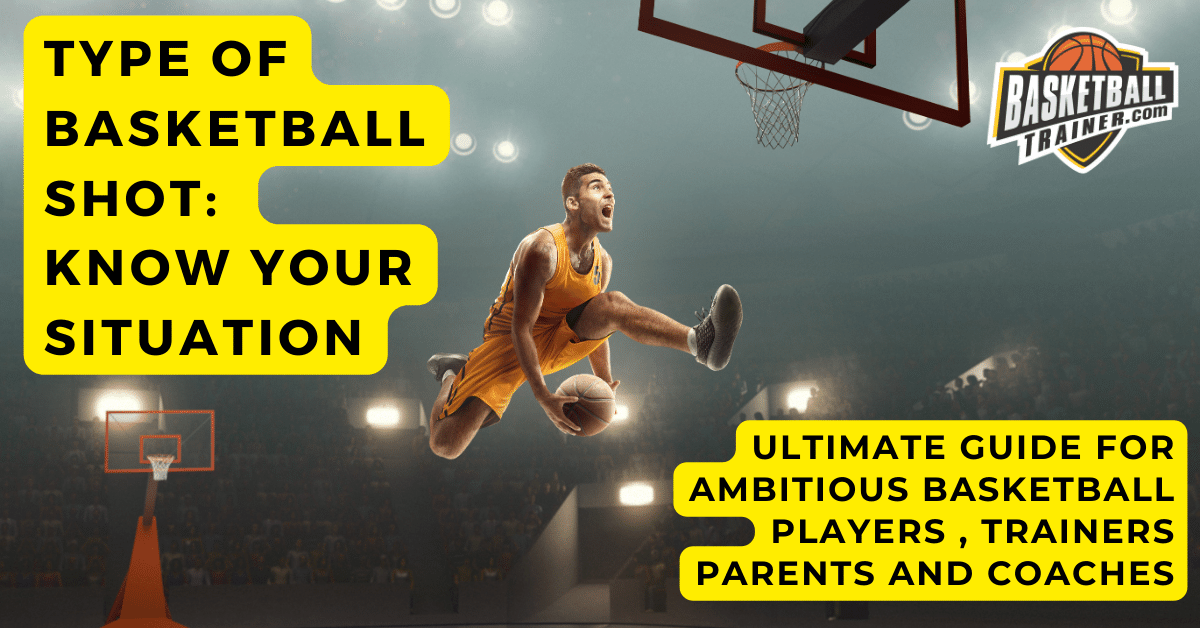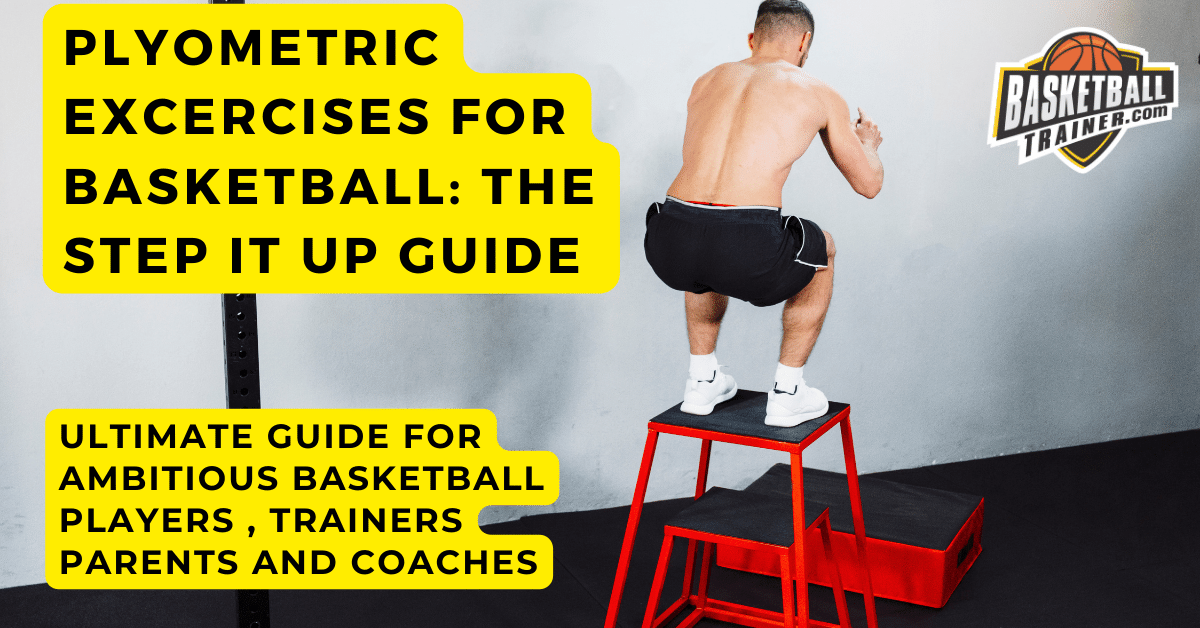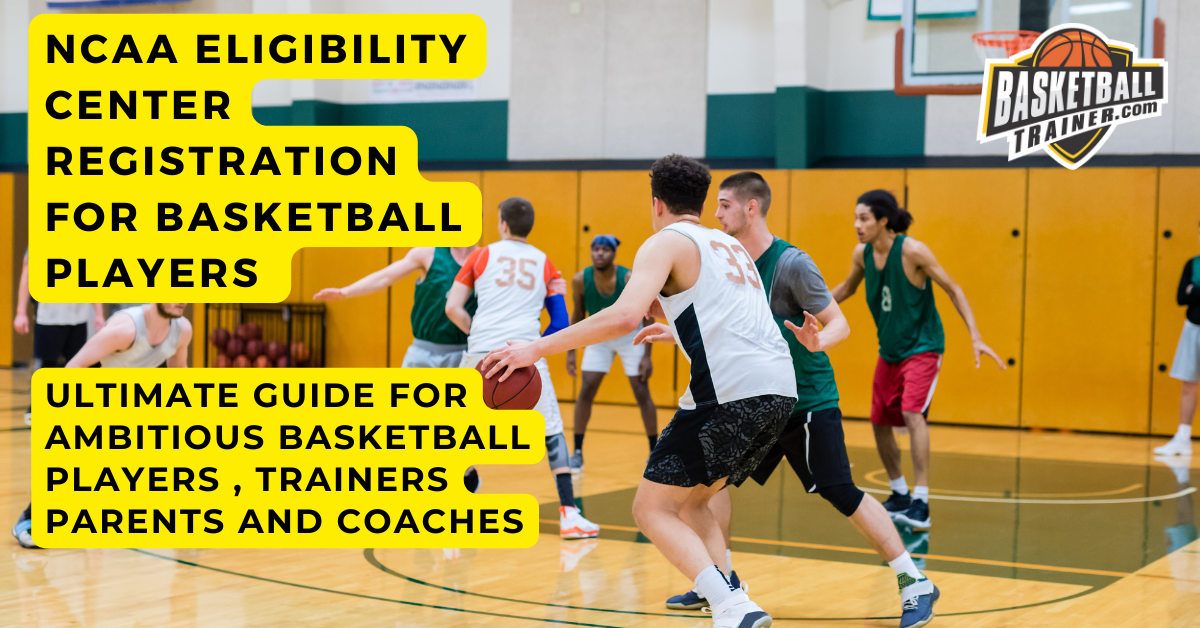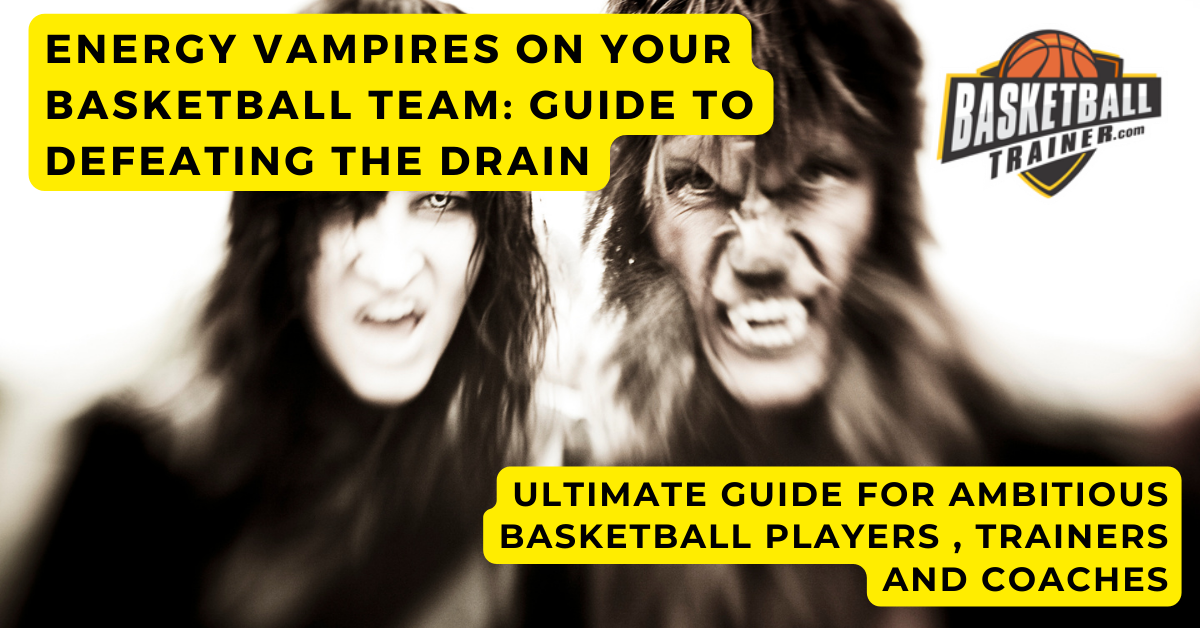
How to Palm a Basketball is a skill that can elevate your game.
The capability to manipulate the ball with one hand provides you an advantage when playing basketball. It’s not just about having large hands, but also about grip strength and technique.
Yet, many players struggle with this particular aspect of basketball. They often think it’s beyond their reach due to smaller hand size or lack of strength.
We’re here to debunk those myths and show you that learning how to palm a basketball, regardless of your hand size or current skill level, is entirely possible.
Table of Contents:
- Introduction to Palming a Basketball
- Understanding the Basics
- Preparing for Palming
- Hand-Strengthening Fundamentals for Basketball
- Advanced Hand-Strengthening Techniques
- Basic Palming Techniques
- Practical Application in Games
- Advanced Tips and Tricks in Basketball Palming
- Summary of Basketball Palming and Strength Building
- Greatest Basketball Palming Players of All Time
- FAQs in Relation to How to Palm a Basketball
- Conclusion
Introduction to Palming a Basketball
Mastering the art of palming a basketball is no small feat. However, it is an essential skill that can significantly elevate your game.
Why Palming a Basketball is an Essential Skill for Basketball Players
The benefits of being able to palm a basketball are numerous. It provides superior grip and control, enabling players to execute complex maneuvers with finesse and precision – crucial in high-stakes court scenarios.
Goals of the Article: Improving Grip Strength and Ball Control
This article aims to empower you with knowledge on enhancing grip strength while improving overall ball control when palming. We delve into proven exercises and techniques backed by expert trainers from across the globe.
Good News: Who Should Read This Guide – From Smaller Hands to Larger Hands
No matter your hand size, this guide offers valuable insights for everyone looking to boost their ball-handling prowess. Even those with smaller hands will discover how they can effectively utilize their hand span during palming.
To fully comprehend these concepts, we need to understand different types of balls used in games, along with the basic anatomy related specifically to athletes’ palms. Let’s now turn our attention to grasping these fundamental aspects.
Understanding the Basics
The type of ball you use, your grip strength, and even your hand anatomy can greatly influence your ability to palm a basketball effectively.
Different Types of Basketballs: Rubber Basketball vs Genuine Leather Basketball
The kind of ball you choose plays an integral role in how well you can palm it. For instance, rubber basketballs are durable and offer better grip for outdoor play, while genuine leather balls used by professionals provide a softer feel but demand more gripping power due to their smooth surface.
Achieving a Strong Grip on a Flat Surface
Gripping any flat surface like that of a basketball calls for specific exercises designed to strengthen the flexor muscles in your fingers. Regular practice using techniques such as finger push-ups or squeezing rubber balls will help develop these muscles over time.
Anatomy of Basketball Players’ Hands: Hand Span and Hand Length
Your physical attributes – specifically hand span and length – also have a significant bearing on successfully palming the ball during gameplay. Understanding this anatomical aspect is key when working towards improving this skill.
Preliminary Basketball Skills for Becoming a Better Player: Dribbling, Passing, Shooting
Becoming adept at basic skills like dribbling, passing, and shooting not only enhances overall performance but also boosts one’s confidence in handling the ball – including being able to palm it efficiently when necessary.
Moving forward into our next section, we delve deeper into preparation strategies, including accurate measurement techniques for determining hand size, along with discussing essential equipment required.
Preparing for Palming
In the realm of basketball, palming is a technique that can differentiate between experienced players and newcomers. It’s not just about your physical prowess or athletic ability; it also hinges on understanding your own hand size and selecting appropriate equipment.
Measuring Your Hand Size: Hand Length, Hand Span, and Why They Matter
The key to mastering palming lies in knowing your hands intimately. This means getting familiar with two crucial measurements – hand length and hand span. The longer those fingers of yours are (hand length), the easier you’ll find it to wrap them around a ball. Similarly, having a wider reach (hand span) increases contact surface area with the ball.
You can measure these parameters by taking readings from the wrist base to the middle finger tip for length and thumb-to-pinky spread out width-wise for span. These metrics will serve as guideposts as you embark on targeted training strategies aimed at enhancing your palming skills.
Required Equipment: Basketballs, Tennis Balls, and Rubber Balls
To sharpen those palming techniques effectively requires certain types of balls – standard regulation-sized basketballs being an obvious choice along with tennis balls or rubber balls depending on the comfort level or progression stages in skill development.
A basketball offers real-game scenario practice while smaller spheres like tennis or rubber ones allow incremental improvements focusing on individual finger grip strength before graduating onto larger sizes.
Honing these preparatory steps provides an excellent foundation towards developing an effective palm handling technique in actual games which we’ll explore next under the ‘Hand-Strengthening Fundamentals for Basketball’ section where we delve into vital aspects such as the importance of finger strength support grips alongside various exercises designed specifically to boost this aspect.
Key Takeaway:
Mastering the art of palming a basketball isn’t just about athletic prowess, it’s also about understanding your hand size and choosing the right equipment. Get to know your hand length and span, then practice with different sized balls for targeted training. Remember, finger strength is key.
Hand-Strengthening Fundamentals for Basketball
When it comes to basketball, finger strength and support grip play a pivotal role. The ability to control the ball is directly tied to these two factors.
The Vital Role of Finger Strength and Support Grip in Basketball
In the world of basketball, finger strength isn’t just an advantage—it’s a necessity. Similarly, having a solid support grip allows you to maintain possession during intense gameplay moments.
Grip-Strengthening Exercises: Harnessing the Power of Rubber Band Finger Stretches and Hand Grippers
Rubber band finger stretches are instrumental in improving dexterity, while hand grippers can enhance endurance levels significantly. It’s crucial that these exercises form part of your regular training regimen.
Achieving Crush Grip Mastery with Weight Plate and Resistance Bands Exercises
Exercises involving weight plates coupled with resistance bands can be extremely effective in developing crush grip—an essential skill when aiming to palm a basketball successfully. Regular practice not only strengthens your hands but also improves overall performance on the court over time.
As we progress towards more advanced techniques aimed at further enhancing our capacity for effectively palming a basketball, remember that success lies not merely in raw power but also in skillful execution, such as wrist curls or resistance band pulls.
Advanced Hand-Strengthening Techniques
The ability to palm a basketball with ease is not merely about size, but strength. The power of your grip plays an integral role in this skill.
Let’s explore some hand-strengthening techniques that can help you gain the necessary strength for palming a basketball effectively.
Overhand Grip: Wrist Curls and Resistance Band Wrist Pulls
An overhand wrist curl is a potent exercise aimed at enhancing your forearm and hand strength. It involves holding weights or resistance bands in an overhand grip while flexing and extending your wrists repeatedly across multiple sets.
Moving on, we have resistance band wrist pulls – another dynamic workout. This exercise demands pulling against tension from various angles, which ultimately targets different muscle groups within your hands and forearms.
Plate Pinch and Pull-Up Bar Techniques for Stronger Hands
The plate pinch technique is next on our list. By gripping weight plates between extended fingers, this method works wonders for both finger muscles as well as overall grip strength.
In addition to these exercises, pull-up bar techniques are also worth considering due to their effectiveness in improving one’s hold during each session of pull-ups.
Fingertip Pushups and Other Above Exercise Tips
Last but certainly not least are fingertip pushups – requiring balance along with brute force; they serve as excellent tools for boosting dexterity alongside raw power. Regularly practicing these will yield noticeable improvements in ball handling skills apart from just palming control.
With strengthened hands equipped through advanced training methods under our belt, let us now move forward into exploring basic yet effective techniques used by NBA legends themselves when it comes to palming a basketball.
Basic Palming Techniques
The mastery of basketball palming techniques can significantly enhance your game. Let’s delve into some well-known methods.
The Claw Method: Popularized by NBA Player Michael Jordan
Imagine your hand as a claw, fingers spread wide to grasp the ball firmly. The thumb and little finger act like pincers, with the remaining three fingers providing support from beneath. This method is akin to how an eagle grips its prey – tight and unyielding.
The Cradle Method: Favored by NBA Standards Like Kevin Durant
This approach differs from ‘The Claw’. Picture holding an egg without breaking it; that’s essentially what this method entails. Your open palm cradles the ball against your forearm ensuring stability while executing high-pressure shots or passes.
Hybrid Techniques for Diverse Hand Sizes: Small Hands to Big Hands
No two players are identical; different hand sizes necessitate unique strategies. Hybrid methods merge elements of both ‘Claw’ and ‘Cradle’, adjusting grip strength and finger placement based on individual requirements. “Understanding one’s own physical attributes is crucial in choosing the right palming technique.” – A Seasoned Sports Analyst
With these basic palming techniques under your belt, you’re set to elevate your performance. Up next, we’ll explore practical applications of these skills during actual gameplay scenarios.
Practical Application in Games
By exhibiting the mastery of palming, one can distinguish themselves from their peers in basketball; a skill that proves invaluable when it comes to dribbling, shooting and defensive plays. It’s a skill that proves its worth in numerous game scenarios – dribbling, shooting, and defensive plays.
Palming Ability in Different Basketball Game Scenarios: Dribbling, Shooting, Defensive Plays
The power to control your dribble with deftness is rooted in effective palming. Similarly, when it comes to shooting precision, nothing beats a firm grip on the ball as you aim for glory.
Moving onto defense – here too lies an opportunity where good palming skills shine through. Whether stealing or blocking shots successfully depends largely on how well you hold onto that sphere.
Regular Drills to Enhance Your Palming and Ball-Handling Skills
If enhancing your prowess at palming is what you seek, then regular practice should be non-negotiable. Consider exercises like fingertip push-ups or delve into specific drills designed for honing ball-handling skills.
High Vertical Jump and Highlight-Reel Dunk: The Significant Advantage of Effective Palming
A high vertical jump coupled with adept palming opens up avenues for breathtaking dunks – moments that earn their rightful place on any highlight reel. A strong grip strength ensures players who have mastered jumping above the rim can dunk without fear of losing control mid-air.
Beyond mere performance enhancement, advanced basketball-palming techniques instill confidence within players every time they step foot on the court. With this understanding under our belt, let’s transition towards some expert tips and tricks aimed at further refining these abilities.
Advanced Tips and Tricks in Basketball Palming
If you’re serious about elevating your game, mastering the art of basketball palming is a must. It’s not just about raw strength; it also involves strategic techniques to improve grip and mental approaches that can make all the difference.
Managing Sweat for Better Grip: Hand Powders and Towel Techniques
Sweat management is paramount when it comes to enhancing your ball control. One way to tackle this issue head-on is by using hand powders. These magical substances work wonders by absorbing moisture, thereby offering an improved hold on the ball.
Beyond powders, there are effective towel techniques worth exploring too. Regularly wiping your hands during breaks keeps them dry – a simple yet efficient method to prevent slipping while palming.
Mental Techniques: The High-Level Approach
The physical side of things only paints half the picture; what goes on inside your mind plays an equally important role in honing any skill – including basketball palming. Adopting high-level mental strategies can be highly beneficial here.
This could mean visualizing successful attempts at palming before actually doing it physically – creating neural pathways that contribute significantly towards performance enhancement.
Proper Technique for Palming with Opposite Hand and Dominant Hand
A nuanced understanding between opposite hand and dominant hand techniques becomes essential when learning how to palm a basketball effectively. Naturally, our dominant hand tends to have more strength, so focusing on strengthening its grip first makes sense.
The non-dominant or opposite hand might require additional attention through specialized training exercises such as grip-strengthening drills which over time will lead to noticeable improvements if practiced regularly.
Now we’ve looked into these advanced tips, let’s circle back around some key takeaways from our discussion thus far in order to get ready for the next steps needed towards mastery within the upcoming section.
Key Takeaway:
Mastering basketball palming isn’t just about strength, but also grip-enhancing techniques, sweat management strategies like hand powders and towel use, mental visualization exercises, and specialized training for both dominant and non-dominant hands. Practice these tips regularly to elevate your game.
Summary of Basketball Palming and Strength Building
It’s an art that combines technique, strength, and consistent practice to allow players superior control over the ball.
This level of dexterity can transform their performance on the court into a spectacle worth watching. Let’s delve deeper into this fascinating skill.
Recap of Key Takeaways: From Palm Side Stretches to Claw Stretches
Palm side stretches are instrumental in enhancing your hand flexibility. The simple act of spreading your fingers wide apart regularly can increase their span – a vital aspect when it comes to effective basketball palming.
In addition to palm side stretches, claw stretches hold equal importance in fortifying your hand muscles. These exercises involve bending each finger at its joint while keeping them together as if forming a claw with your hand.
Next Steps and Resources: How Much Practice Is Enough Practice?
Mastery doesn’t come overnight; it demands dedication and regular practice. And we’re talking about quality practice time here – not just clocking hours aimlessly dribbling around.
To refine this particular skill further, resources like basketball handling drills might prove beneficial for you. Consistency should be the name of the game; make these exercises part and parcel of your routine training regimen.
As we wrap up our discussion on mastering ‘palming,’ let us now shift gears slightly by looking into some legendary figures who’ve left indelible marks in this field.
In our next section titled “Greatest Basketball Palming Players Of All Time,” we will explore profiles such as Connie Hawkins, Julius Erving, Michael Jordan among others whose exceptional skills continue inspiring aspiring athletes worldwide.
10. Greatest Basketball Palming Players of All Time
The world of basketball has seen numerous talents, but a few stand out for their exceptional ability to palm the ball, an essential skill in the game. Let’s delve into these giants and what made them masters.
1. Connie Hawkins: The Artistic Hawk
A towering figure in basketball history, Connie Hawkins, known as “The Hawk,” was famed for his hand size and strength that allowed him to effortlessly palm the ball. His innovative style introduced moves relying heavily on this skill, reshaping how we perceive basketball today.
Hawkins’ artistry with palming wasn’t just about control; it became part of his signature style – something aspiring players could look up to and learn from.
2. Julius Erving: Doctor J’s Magic Touch
Julius Erving, or Dr.J as he is popularly known, took palming a step further by incorporating it into his airborne acrobatics during games. This remarkable talent contributed significantly towards making him one of the most iconic figures in basketball history.
The ease with which Dr.J handled the ball gave spectators something truly magical to witness every time he stepped onto the court – a testament not only to his skills but also dedication towards mastering this technique.
3. Michael Jordan: A Legacy Beyond Comparison
No discussion around palming would be complete without acknowledging Michael Jordan. While globally recognized for countless reasons including six NBA championships and five MVP awards among others, Jordan’s outstanding ability to palm was largely due to his large hands relative height ratio granting superior control over the ball.
Jordan’s legacy goes beyond mere statistics – it resides within each player who picks up a basketball aiming for greatness while holding onto dreams inspired by legends like himself.
Key Takeaway:
Mastering the art of palming a basketball can revolutionize your game, just as it did for legends like Connie Hawkins, Julius Erving and Michael Jordan. Their skillful control and innovative use of this technique reshaped basketball history, offering inspiration to aspiring players everywhere.
FAQs in Relation to How to Palm a Basketball
How hard is it to palm a basketball?
The difficulty of palming a basketball varies based on hand size, grip strength, and technique. However, with regular practice and the right exercises, most players can improve their ability to palm a ball.
How do I get better at palming my basketball?
To enhance your ability to palm a basketball, focus on strengthening your hands and fingers through specific exercises. Also, practice different palming techniques like the claw or cradle method.
How big do my hands need to be to palm a basketball?
A larger hand span makes it easier to palm a basketball but it isn’t mandatory. With proper grip strength and technique, even smaller hands can effectively hold the ball.
How do you palm a basketball for dunking?
Dunking requires strong finger grips along with correct positioning of the ball in your hand. Practice gripping drills regularly for increased control during dunks.
Conclusion
From understanding the basics, preparing your hands and strengthening them to learning different techniques, we’ve covered it all in this guide.
The importance of hand size, grip strength, and control over the ball cannot be overstated.
We delved into various exercises that can help you build up finger strength and support grip crucial for effective palming.
You learned about advanced techniques like wrist curls, resistance band pulls, as well as plate pinch and pull-up bar methods to enhance your game performance.
Incorporating these strategies will not only boost your ability to palm but also improve overall ball handling skills, making you a formidable force on the court.
Remember, practice makes perfect, so keep at it!
Being a thought leader in Basketball Training & Player Development, [Company Name] provides expert trainers who are ready to assist ambitious players like yourself with training products tailored specifically towards improving specific skills such as how to palm a basketball effectively. Take advantage of our resources today!
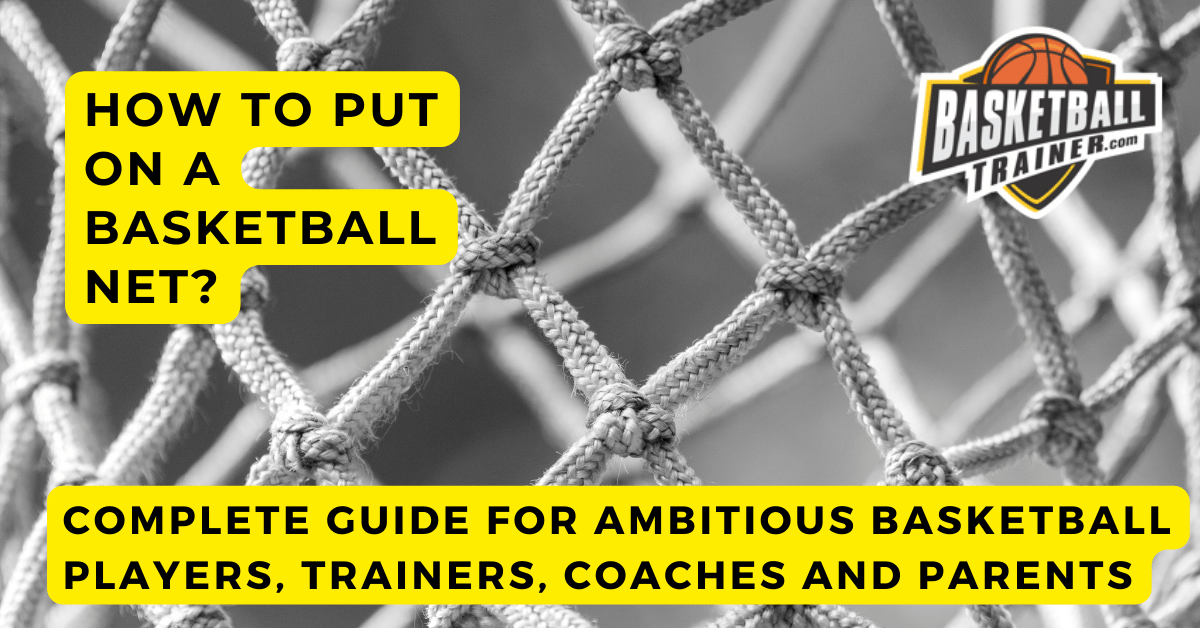



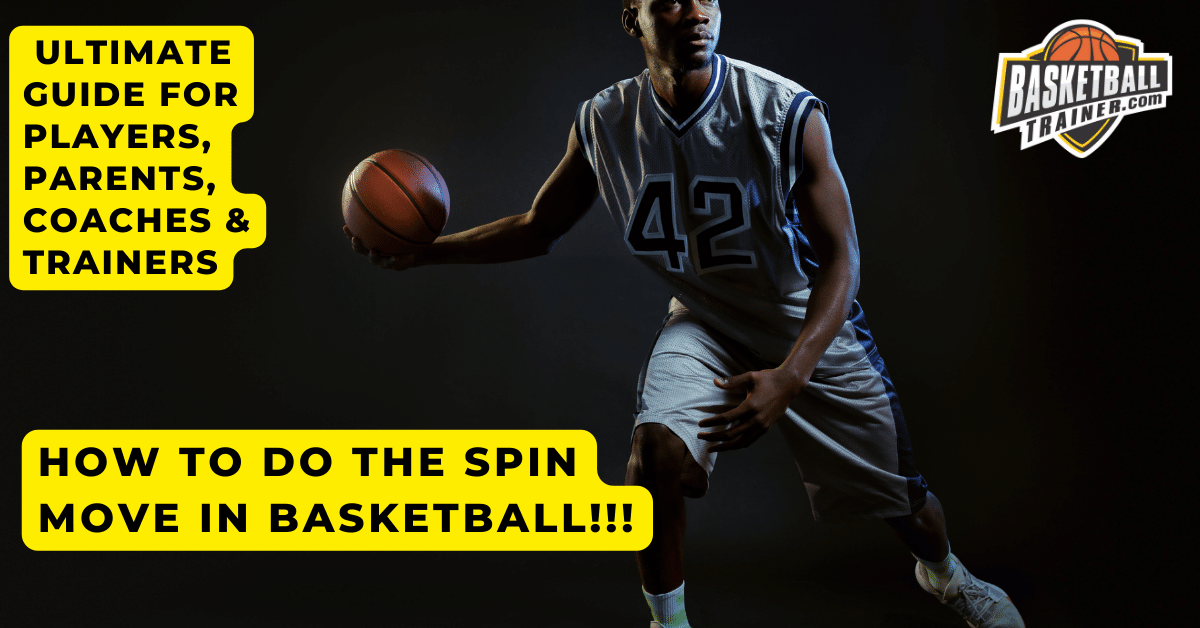 How to Do A Spin Move In Basketball is a skill that separates the novice from the seasoned player.
How to Do A Spin Move In Basketball is a skill that separates the novice from the seasoned player.
